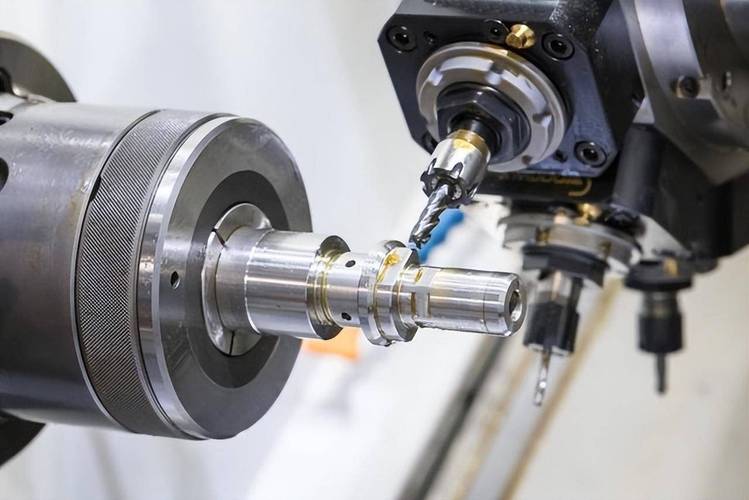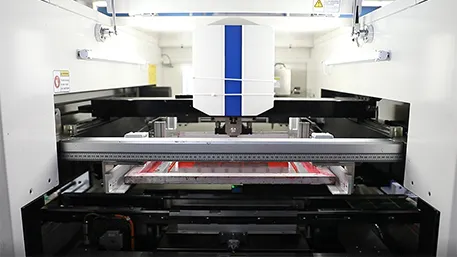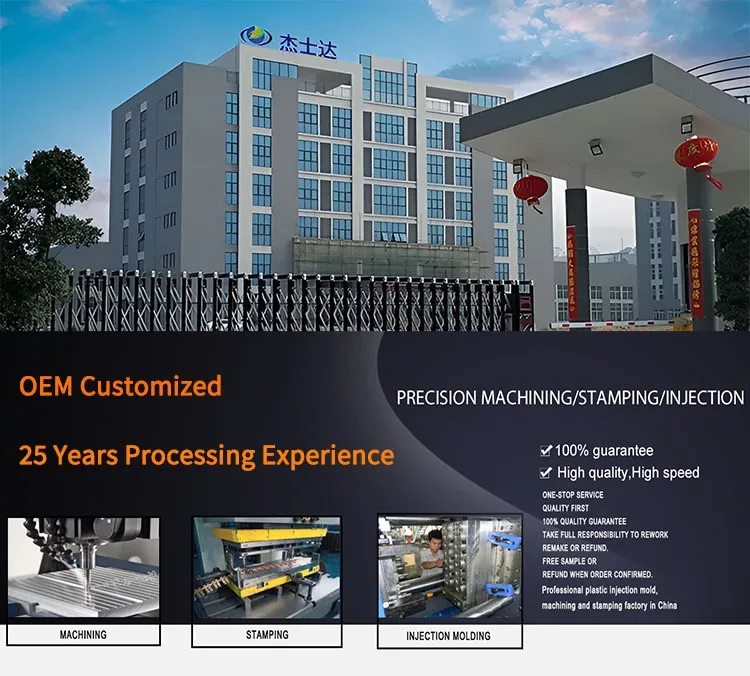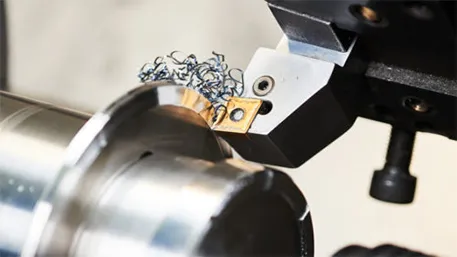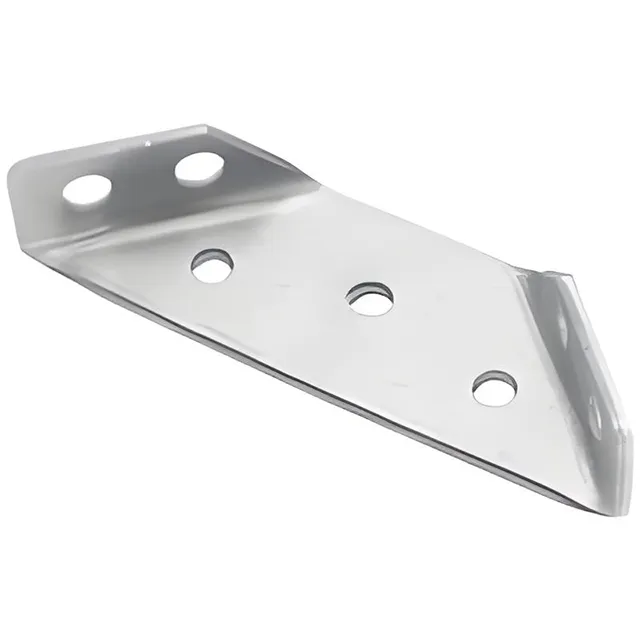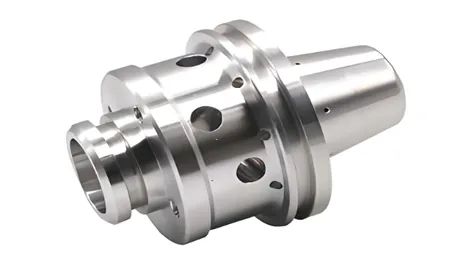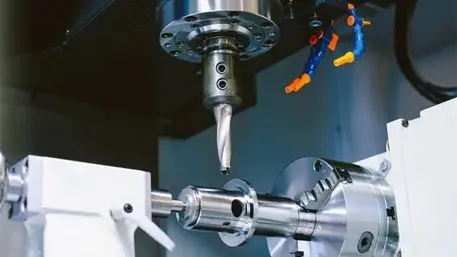CNC, short for Computer Numerical Control, is a manufacturing technology that uses preprogrammed digital instructions to automate the operation of machine tools. At its core, it replaces manual control of tools (e.g., mills, lathes, routers) with computer-driven precision, enabling consistent, accurate, and efficient production of parts.
What are the key elements of CNC?
The basic concept relies on three fundamental components working together:
- Digital programming: A set of numerical codes (most commonly G-code) that defines every action of the machine—from tool movements and speeds to spindle rotation and coolant activation. These codes are created using CAD (Computer-Aided Design) and CAM (Computer-Aided Manufacturing) software.
- Computerized controller: The “brain” of the system that reads and executes the program, converting digital commands into electrical signals that drive the machine’s motors.
- Automated machine tools: Physical equipment (e.g., 3-axis mills, 5-axis lathes) with motors and axes that move cutting tools or workpieces according to the controller’s signals, shaping materials like metal, plastic, or wood.
How does CNC differ from manual machining?
In traditional manual machining, operators physically adjust levers, dials, and handles to guide tools, relying on skill and visual judgment to achieve precision. CNC, by contrast:
- Eliminates manual intervention: The machine follows programmed instructions automatically, reducing human error.
- Ensures repeatability: Every part produced from the same program is identical, even across thousands of cycles.
- Handles complexity: CNC machines can execute intricate toolpaths (e.g., 3D contours, tight tolerances) that are impractical or impossible to achieve manually.
What is the core goal of CNC?
The basic concept revolves around precision and efficiency. CNC technology enables manufacturers to:
- Produce parts with tight dimensional tolerances (often as small as ±0.0001 inches).
- Automate production for 24/7 operation, reducing lead times.
- Scale from one-off prototypes to mass production without sacrificing quality.
Why is CNC a foundational manufacturing concept?
CNC transforms how parts are made by turning abstract designs (from CAD software) into physical objects through code. Its simplicity—using numbers to control movement—belies its impact: it powers industries from aerospace to consumer goods, making it a universal standard for modern manufacturing. Unlike specialized technologies, CNC’s flexibility (adapting to materials from metal to foam) and reliance on standardized programming (G-code) make its basic concept applicable across nearly all machining needs.
Conclusion
At its heart, CNC is about using computers to turn numbers into precise physical movements. By replacing manual skill with digital precision, it simplifies complex manufacturing, ensures consistency, and unlocks capabilities that manual methods cannot match. This basic concept—automation through programming—has revolutionized production, making CNC an essential tool in today’s industrial landscape.
